Membrane Transporter/Ion Channel
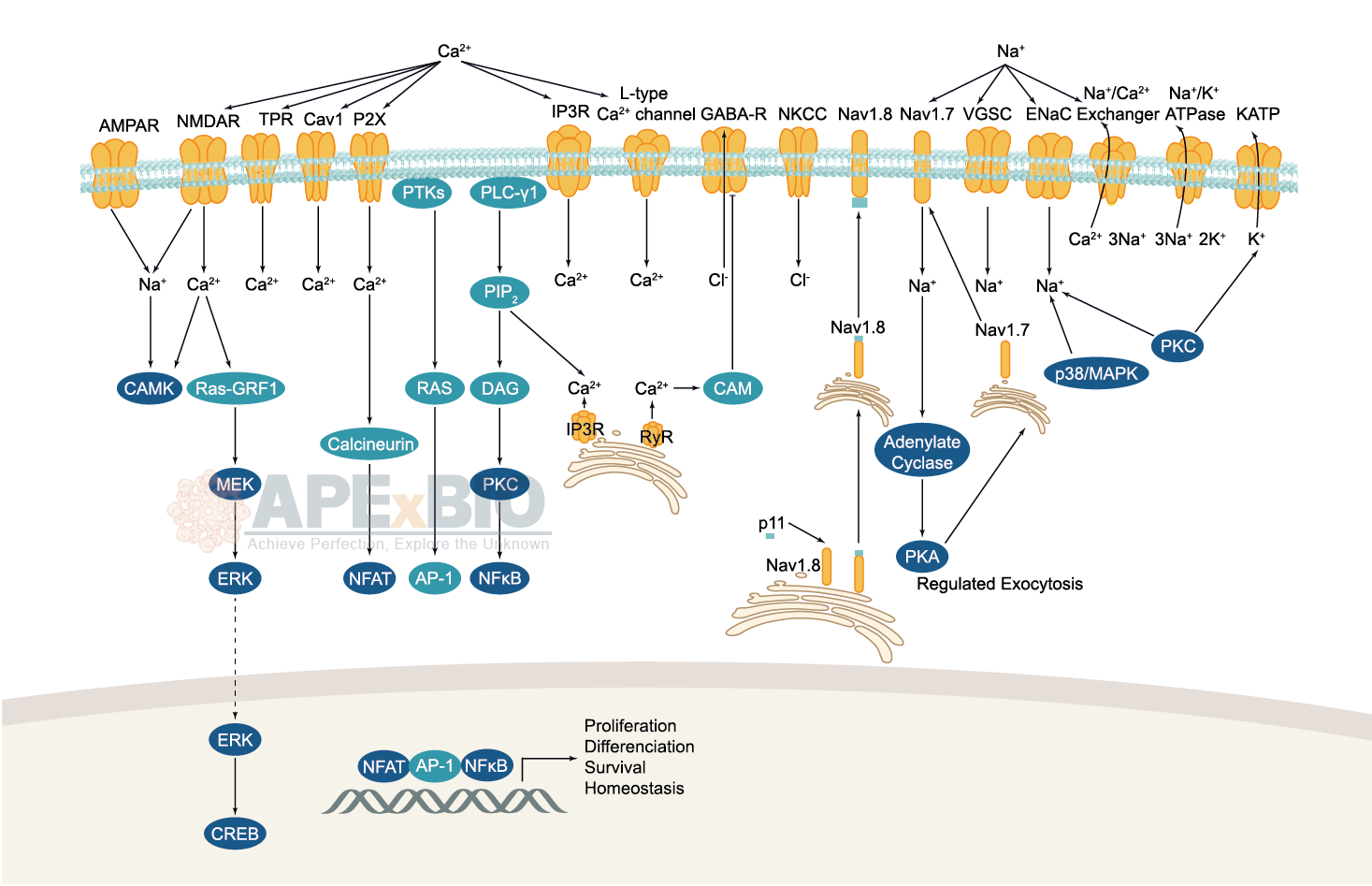
Ion channels are pore-forming membrane proteins which allow the flow of ions across the membrane. The ion channels can be broadly grouped into six families including calcium channels, chloride channels, potassium channels, sodium channels, gap junction proteins and porins. Not all ion channels are gated, such as certain type of K+ and Cl– channels, transient receptor potential superfamily of cation channels, the ryanodine receptors and the IP3 receptors, but most Na+, K+, Ca2+ and some Cl– channels are all gated by voltage. Ligand-gated channels are regulated in response to ligand binding (e.g. neurotransmitters signaling). These ligand-gated neurotransmitter receptors are known as ionotropic receptors. Various neurotransmitters couple to ionotropic receptors such as glutamate, acetylcholine, glycine, GABA, and serotonin.
-
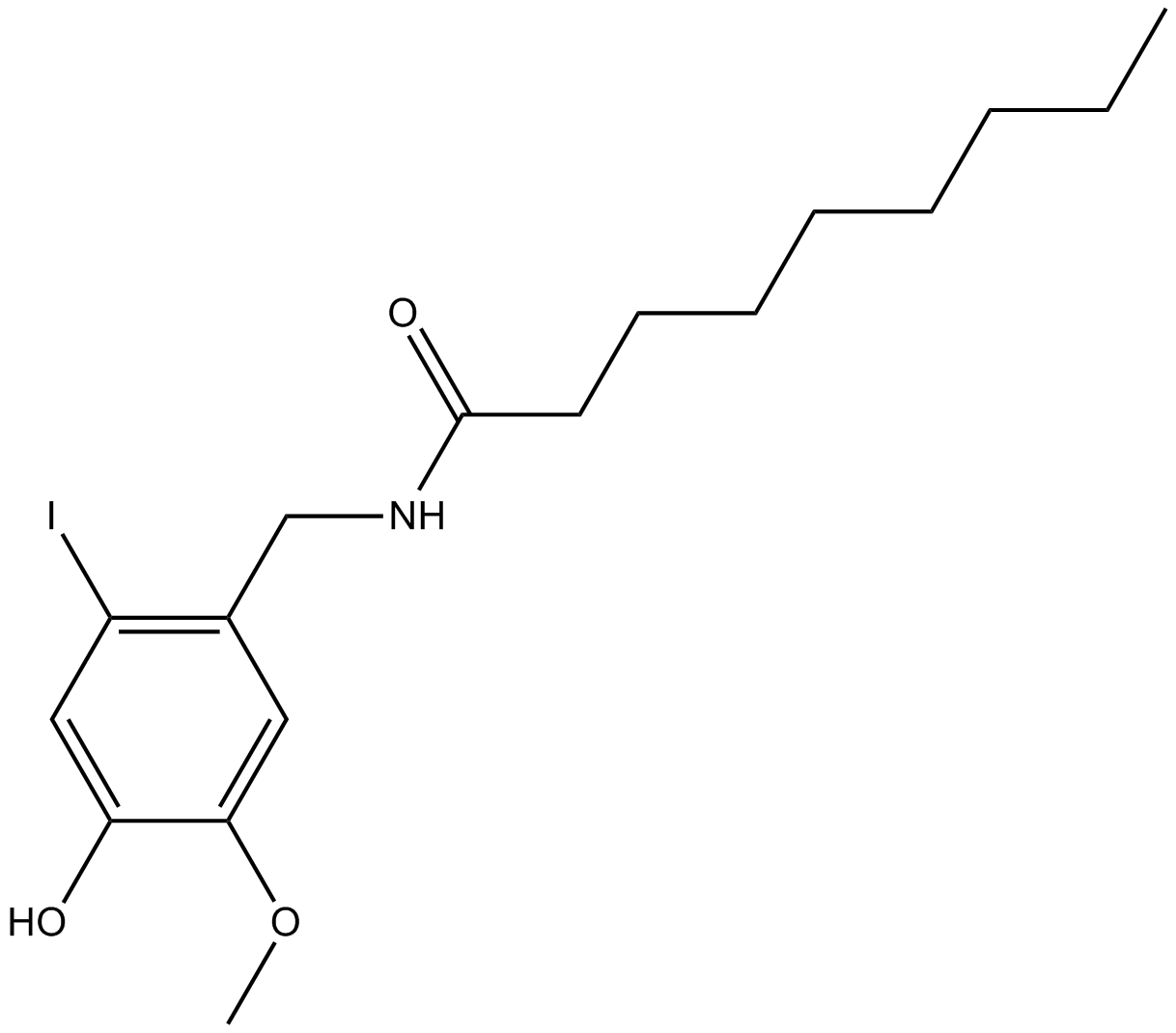 B5245 6-IodonordihydrocapsaicinSummary: Vanilloid receptor antagonist
B5245 6-IodonordihydrocapsaicinSummary: Vanilloid receptor antagonist -
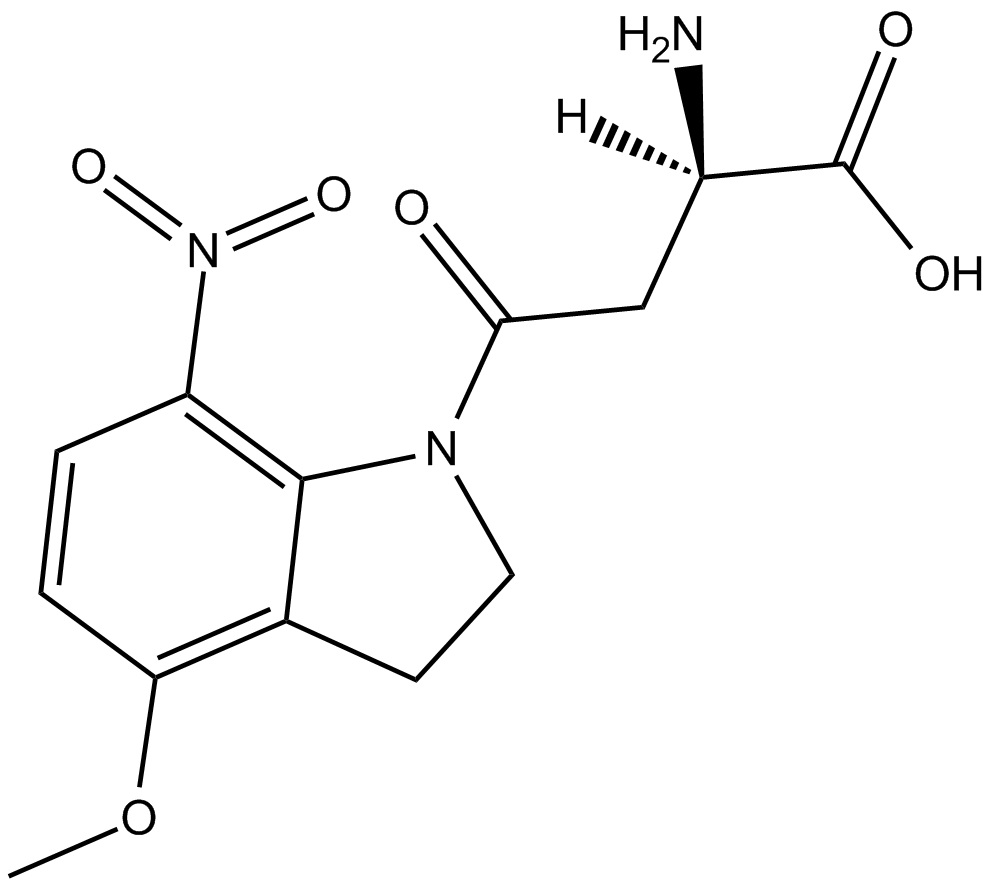 B5286 MNI-caged-D-aspartateSummary: Agonist at NMDA receptors and EAAT substrate
B5286 MNI-caged-D-aspartateSummary: Agonist at NMDA receptors and EAAT substrate -
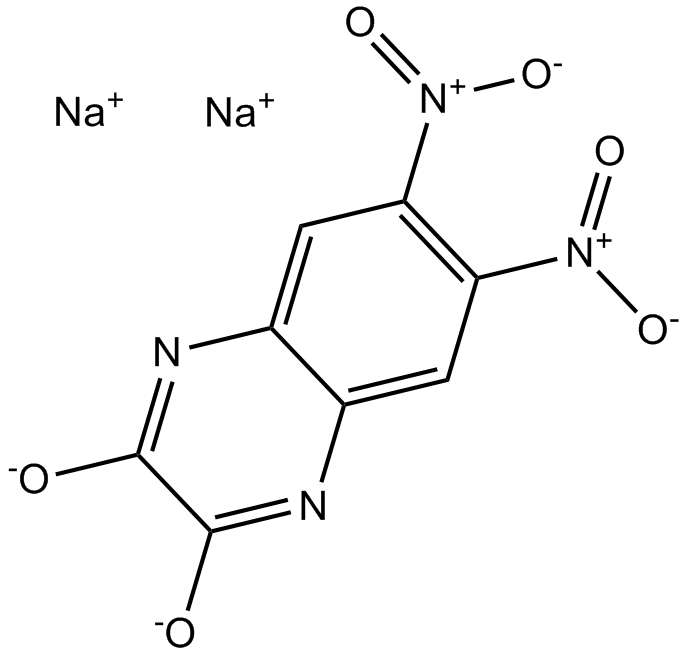 B5288 DNQX disodium saltSummary: Selective non-NMDA receptor antagonist
B5288 DNQX disodium saltSummary: Selective non-NMDA receptor antagonist -
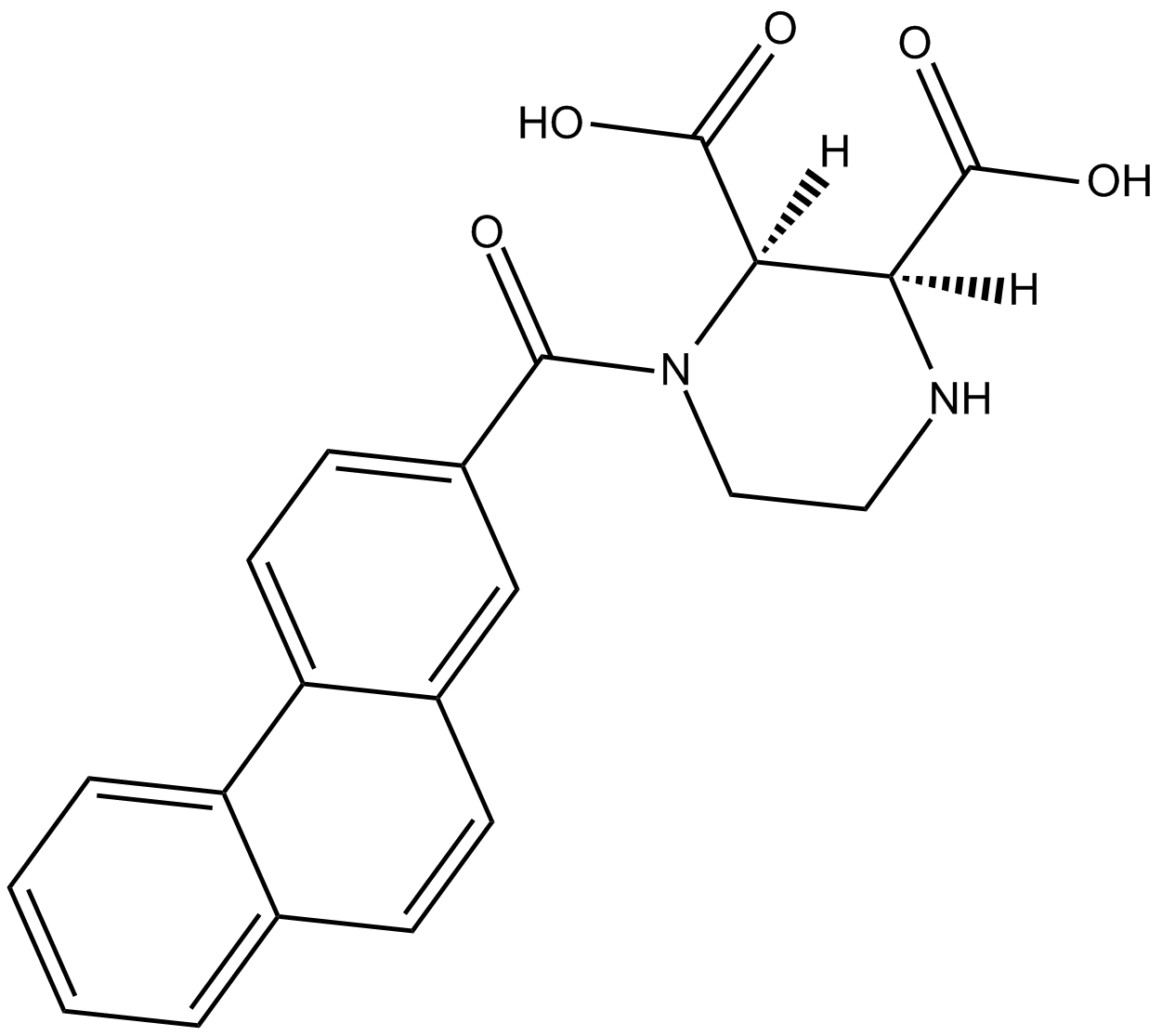 B5312 PPDASummary: Subtype-selective NMDA receptor antagonist
B5312 PPDASummary: Subtype-selective NMDA receptor antagonist -
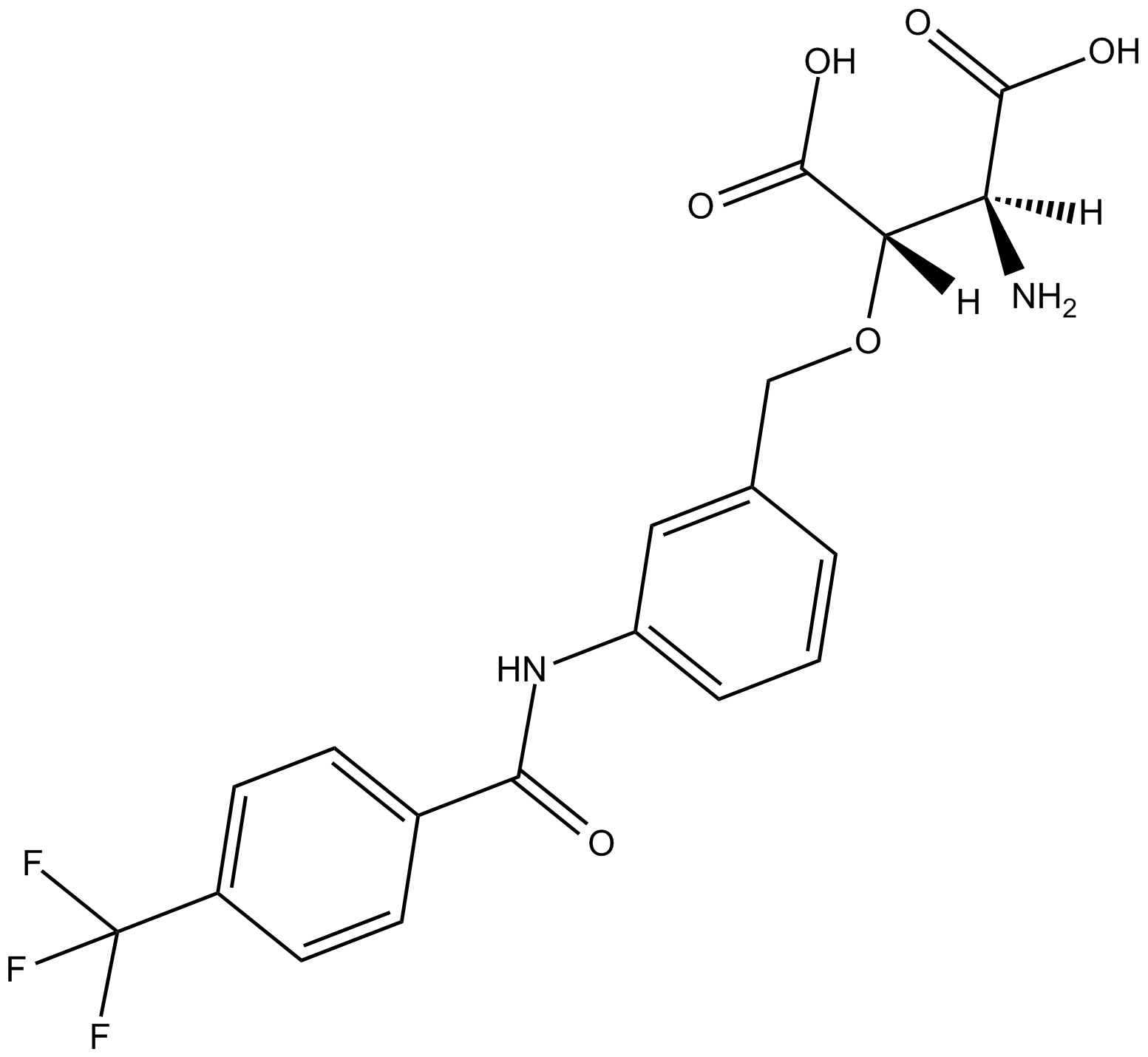 B5313 TFB-TBOASummary: glial glutamate transporter EAAT1 and EAAT2 inhibitor
B5313 TFB-TBOASummary: glial glutamate transporter EAAT1 and EAAT2 inhibitor -
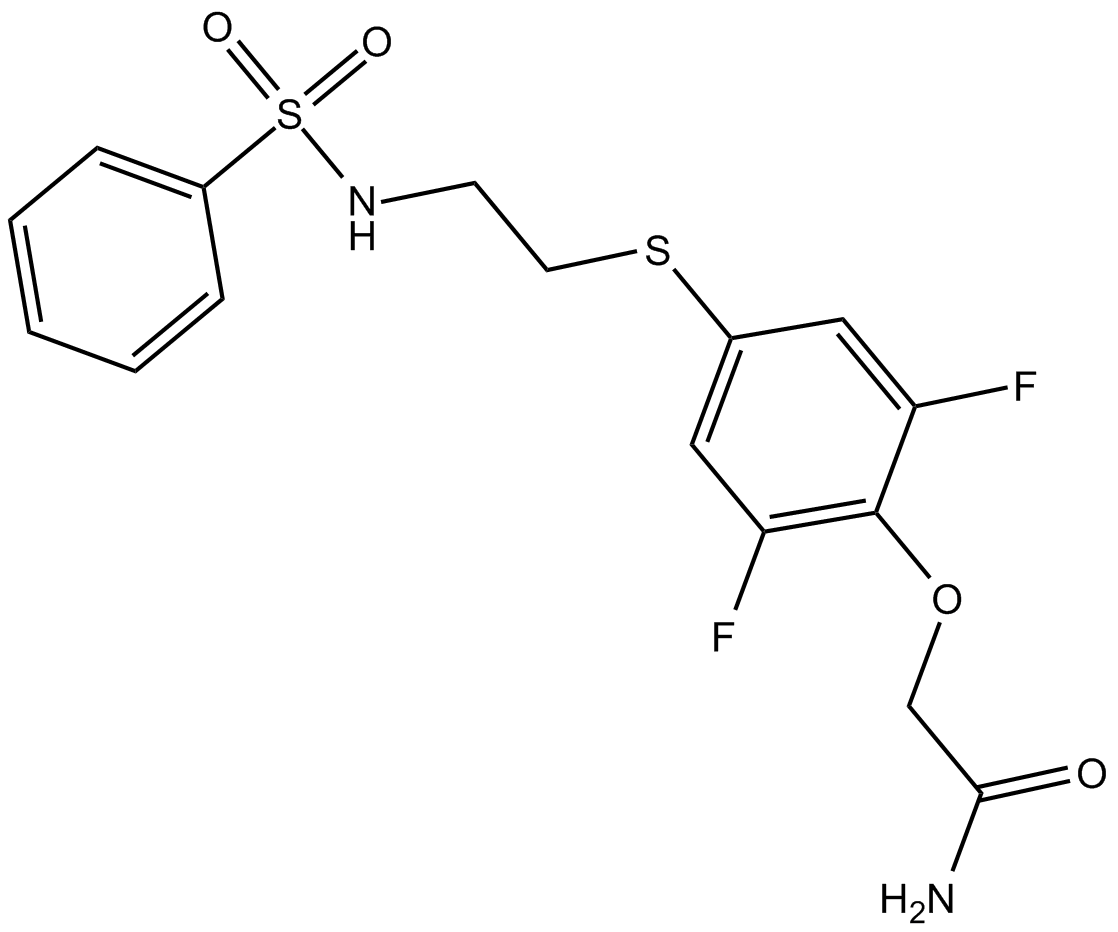 B5350 PEPASummary: Novel allosteric potentiator of AMPA receptor desensitization
B5350 PEPASummary: Novel allosteric potentiator of AMPA receptor desensitization -
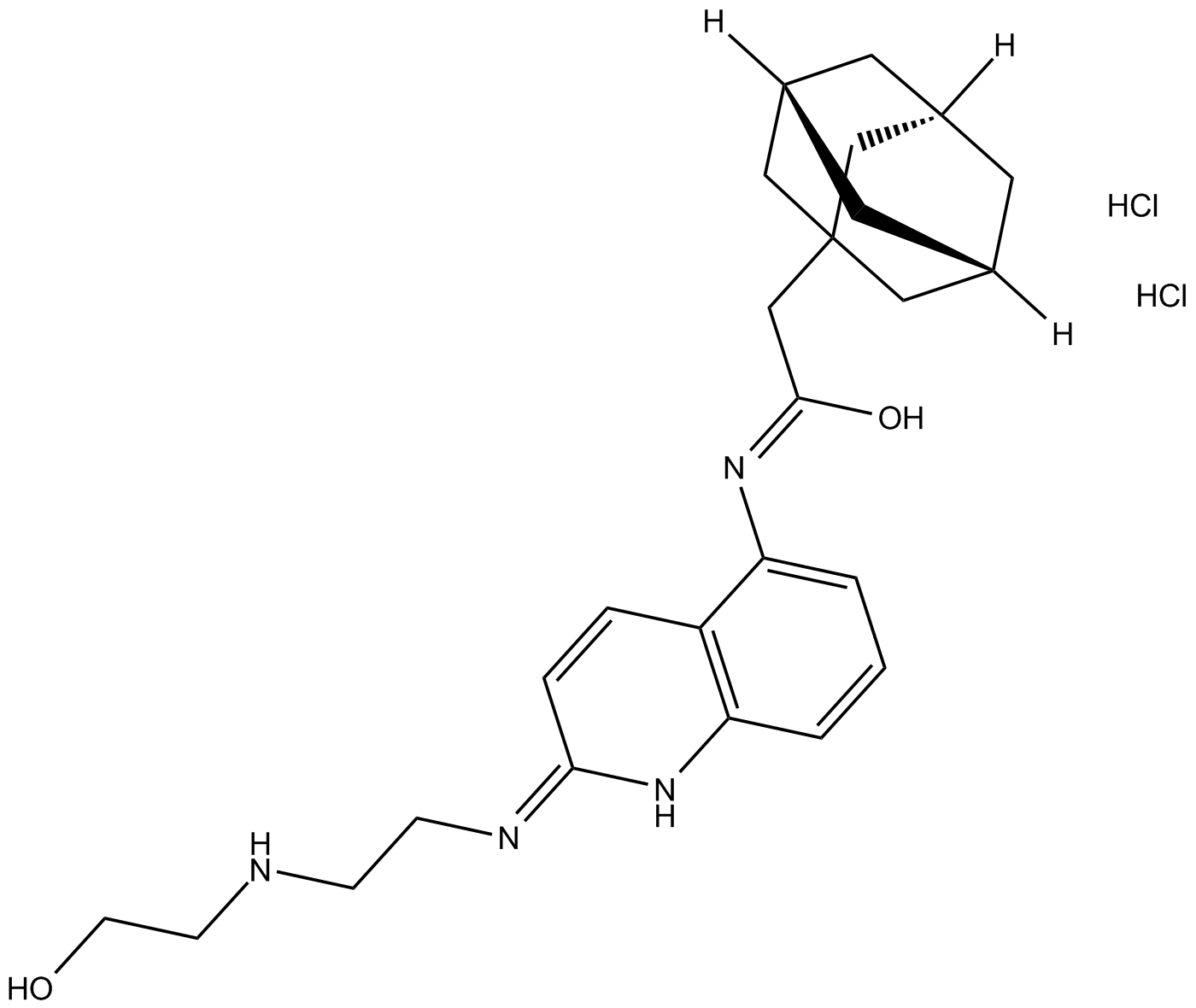 B5410 AZ 10606120 dihydrochlorideTarget: P2X ReceptorsSummary: Potent P2X7 receptor antagonist
B5410 AZ 10606120 dihydrochlorideTarget: P2X ReceptorsSummary: Potent P2X7 receptor antagonist -
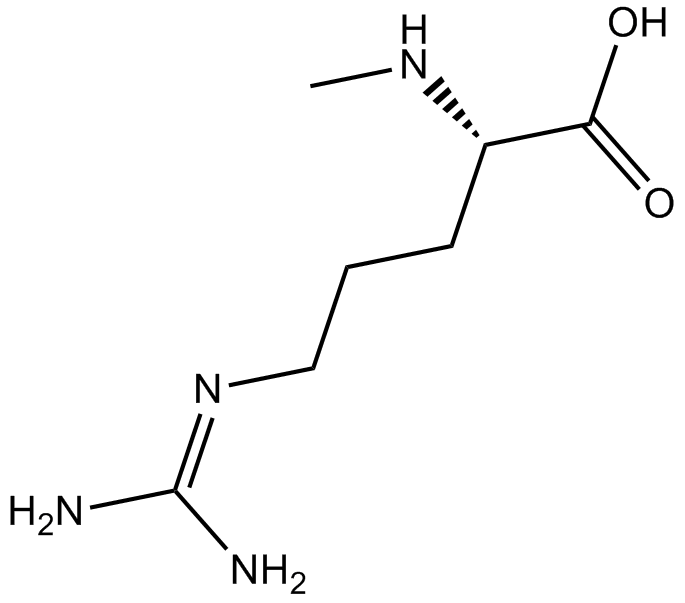 B5439 N2-Methyl-L-arginineSummary: Selective L-arginine uptake inhibitor
B5439 N2-Methyl-L-arginineSummary: Selective L-arginine uptake inhibitor -
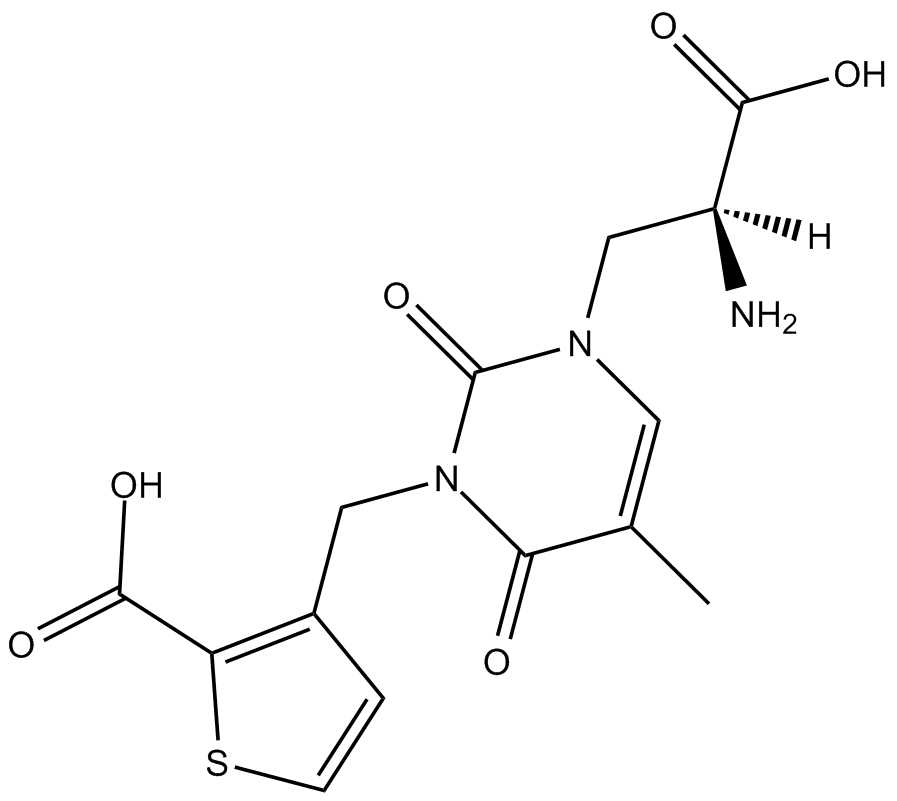 B5463 UBP 310Summary: GLUK5 kainate receptor antagonist
B5463 UBP 310Summary: GLUK5 kainate receptor antagonist -
 B5482 MRK 016Summary: GABAA receptor inverse agonist
B5482 MRK 016Summary: GABAA receptor inverse agonist

